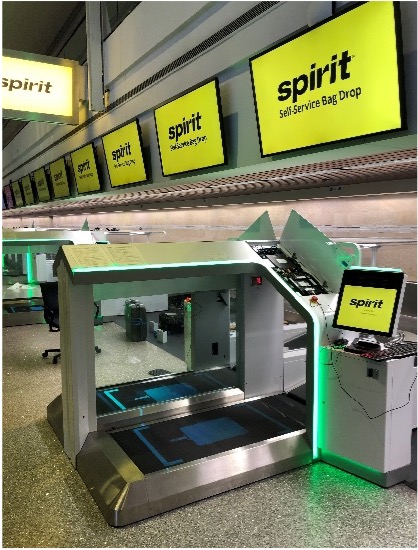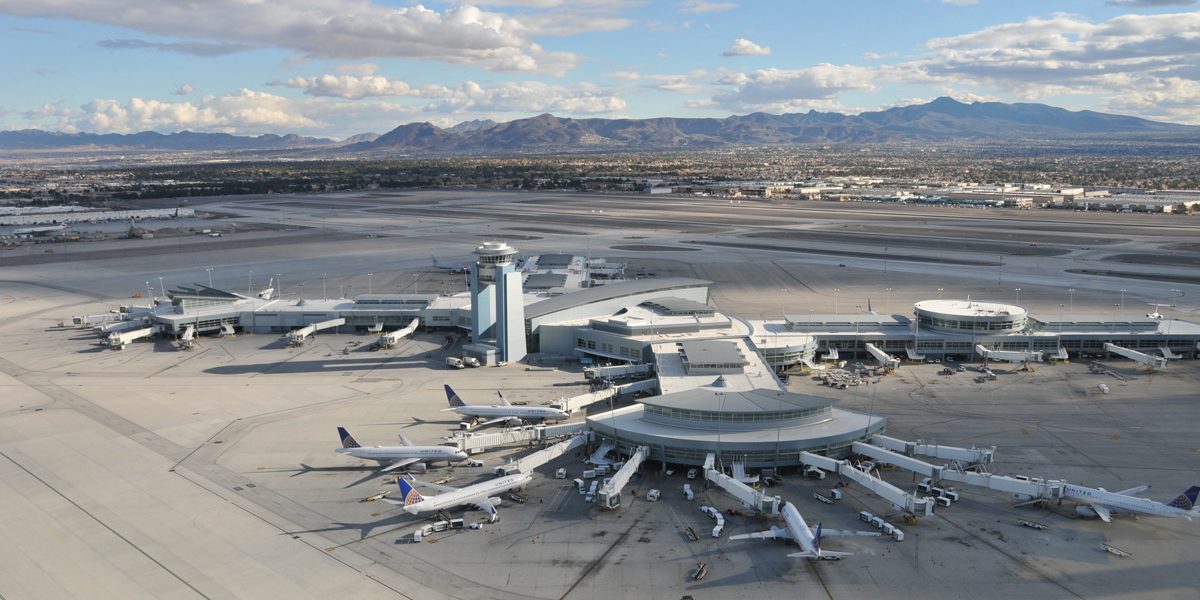
Photo: Clark County Department of Aviation
Airport Case Study: Harry Reid (formerly McCarran) International Airport
Key Highlights
Employs a holistic common use perspective and program.
- Focus on maximum flexibility to put “heads in hotel beds” (to bring in tourists to the local attractions).
- Focus on origination and destination travel, less connecting.
- Never want to tell an airline that they cannot expand or start service.
- Strong partnership focus with airlines, TSA, and CBP.
- Desire for a “European model” of full flexible check-in counters.
- Focus on efficiently managing data (using artificial intelligence and business intelligence strategies).
- One of only four Surface Team Collaborative Decision-Making airports in the country.
- Reservation system to manage general aviation traffic, allows pilots to get a text when their slot is available.
- Self-bag drop program.
- Full radio-frequency identification (RFID) baggage system.
Harry Reid (formerly McCarran) International Airport (LAS) was one of the earliest airport adopters of common use in the United States. Due to heavy vacation and event-related traffic, common use has been a crucial part of day-to-day operations. The common use program at LAS helps to keep operations efficient and flexible. The airport operators are focused on expanding common use to include new systems and working with airlines to make sure there is buy-in. They build the terminal space with flexibility in mind. Due to the modular design and ease of access to power and data connections, future expansion or adjustments to check-in and bag drop will be far easier to facilitate.
LAS is expanding charging stations to ground handling areas to enable more common use on the ramp. They also have a data warehouse that enables quick access and use of airport data in operations. LAS is also quickly expanding biometric use at gates and other airport locations.
Focus Systems and Services
- Common use airline feeds (cMuse)
- Geospatial information system program
- LIDAR deployment for analytics at some checkpoints
- Full RFID baggage
- Self-bag drop
- Video analytics
- Data warehouse
- Common use ground service equipment
- Full dynamic signage-from roadway to ramp
TSA/CBP Coordination
LAS keeps a close working relationship with both TSA and CBP. This relationship has enabled new technologies and processes to be tested inside the airport facility. As part of the team's interviews at LAS, representatives from TSA and CBP were also interviewed. Out of these discussions came valuable insights into how LAS is being used as a testbed for new technologies and processes.
TSA:
- Location of the TSA innovation checkpoint.
- Deployed MyTSA app to assist personnel.
- Trialing biometric credential authentication technology (CAT) solutions at security checkpoint, with e-gates to follow.
- Testing Tunnel of Truth body scanner, which allows passengers to keep walking while being screened.
- Passenger self-scanning walkthrough test using advanced imaging technology.
CBP:
- Wants to support common use curb-to-gate solutions (including biometrics).
- Have to properly handle privacy concerns.
- Need better training and processes for ground handlers, specifically how to handle international flights.
- Supporting simplified arrival and departure at LAS.
Airport Images
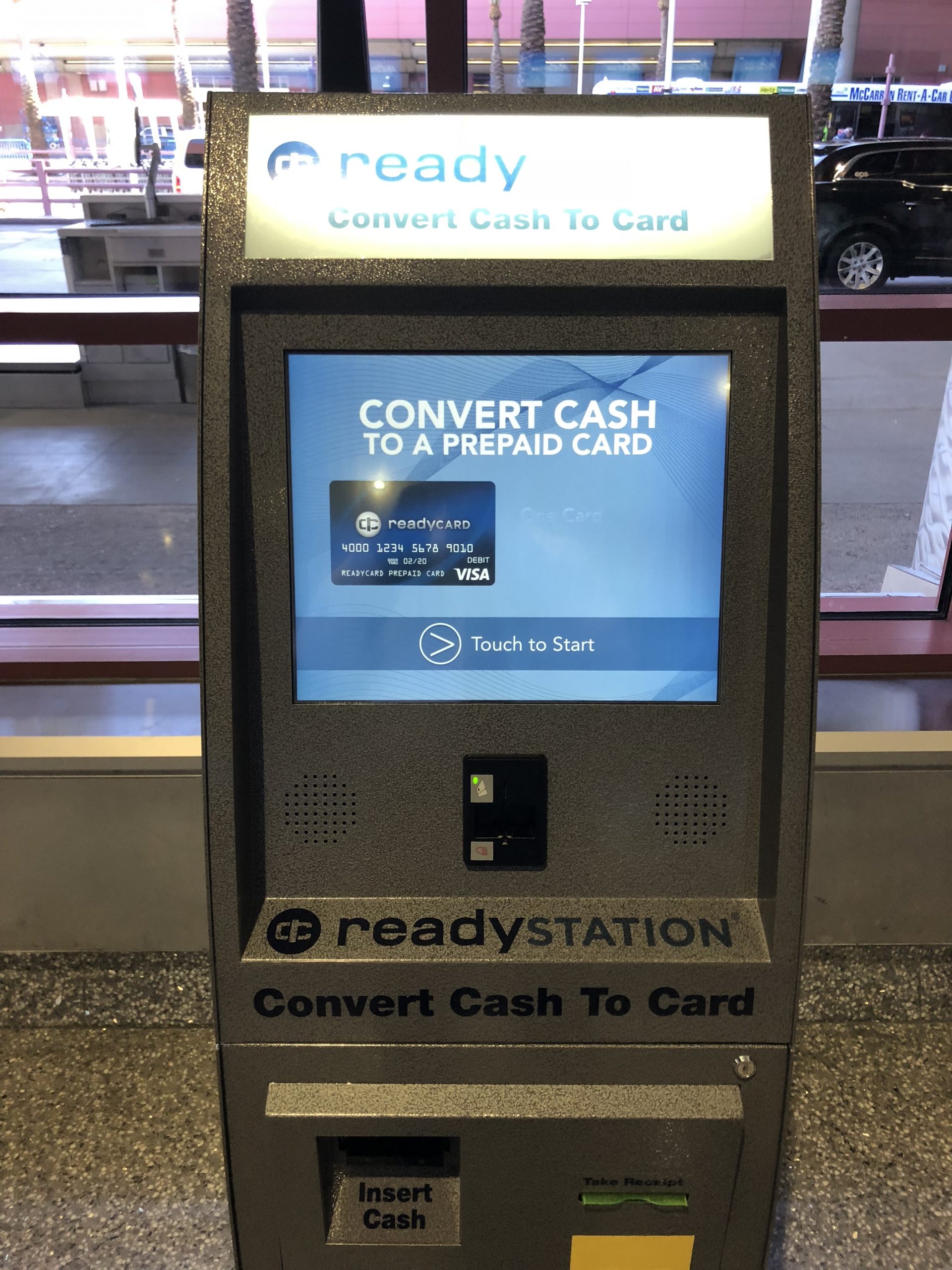
Cashless Kiosk
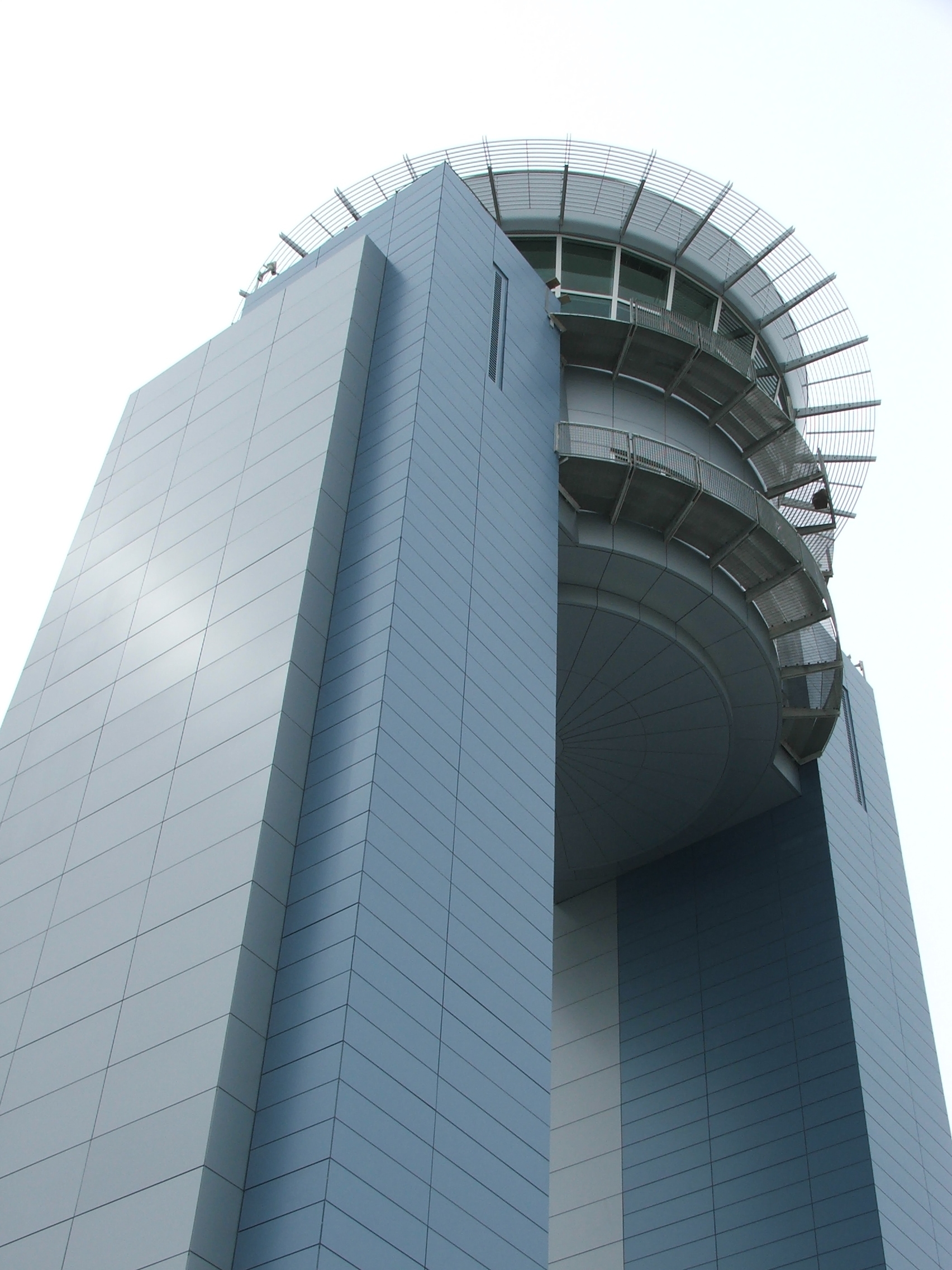
D Gate Ramp Tower
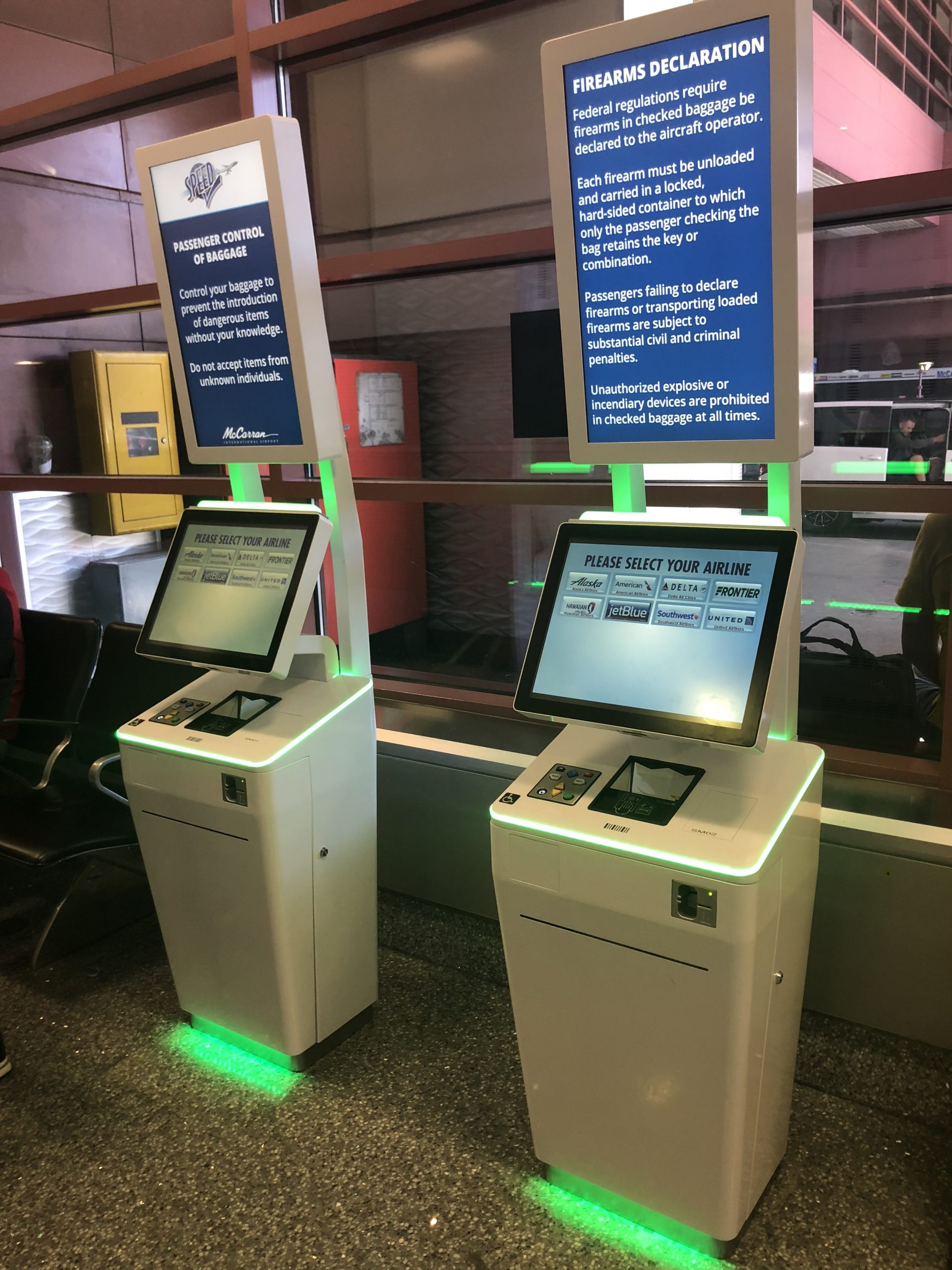
Common Use Kiosks
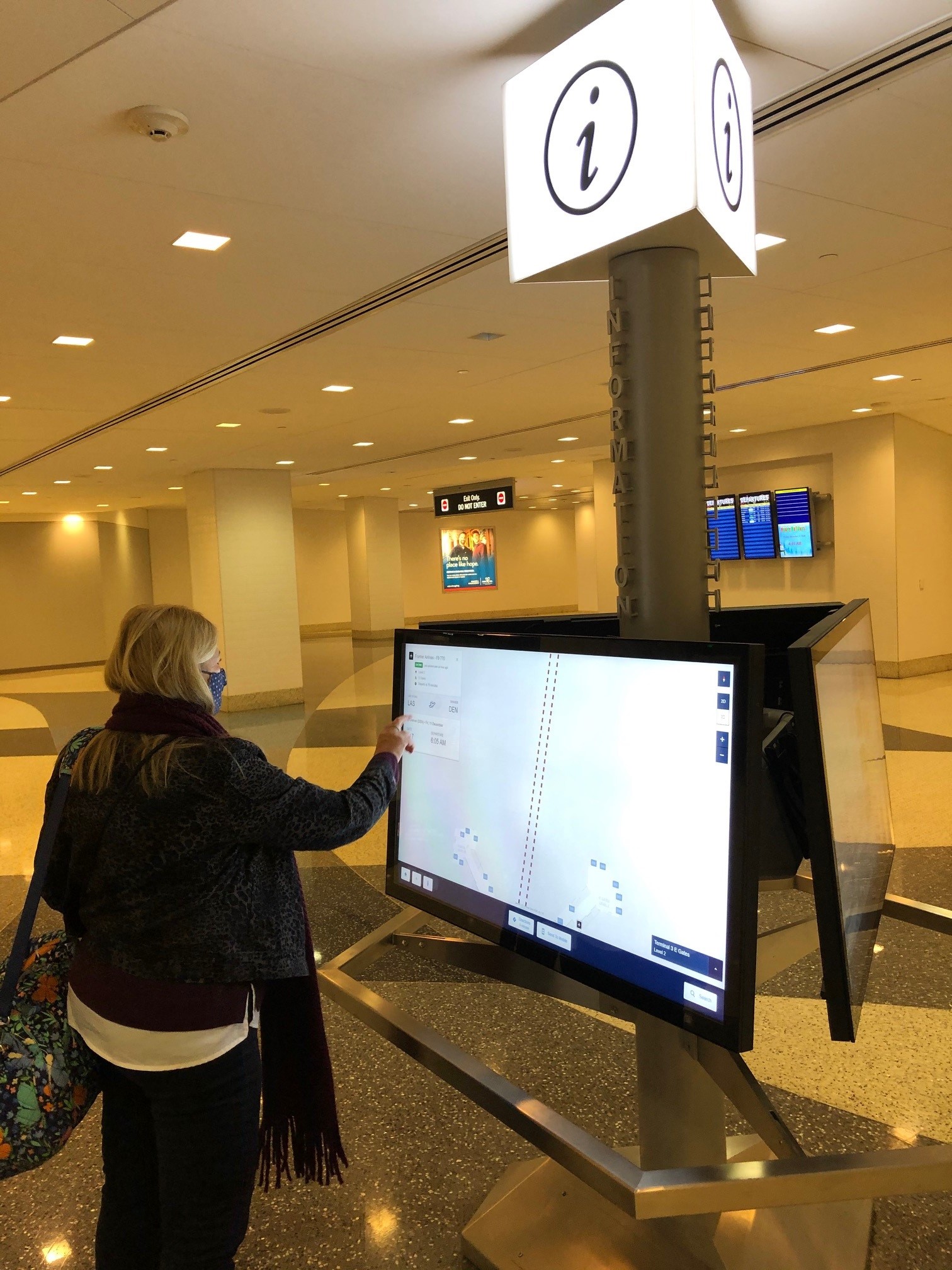
Wayfinding Kiosk
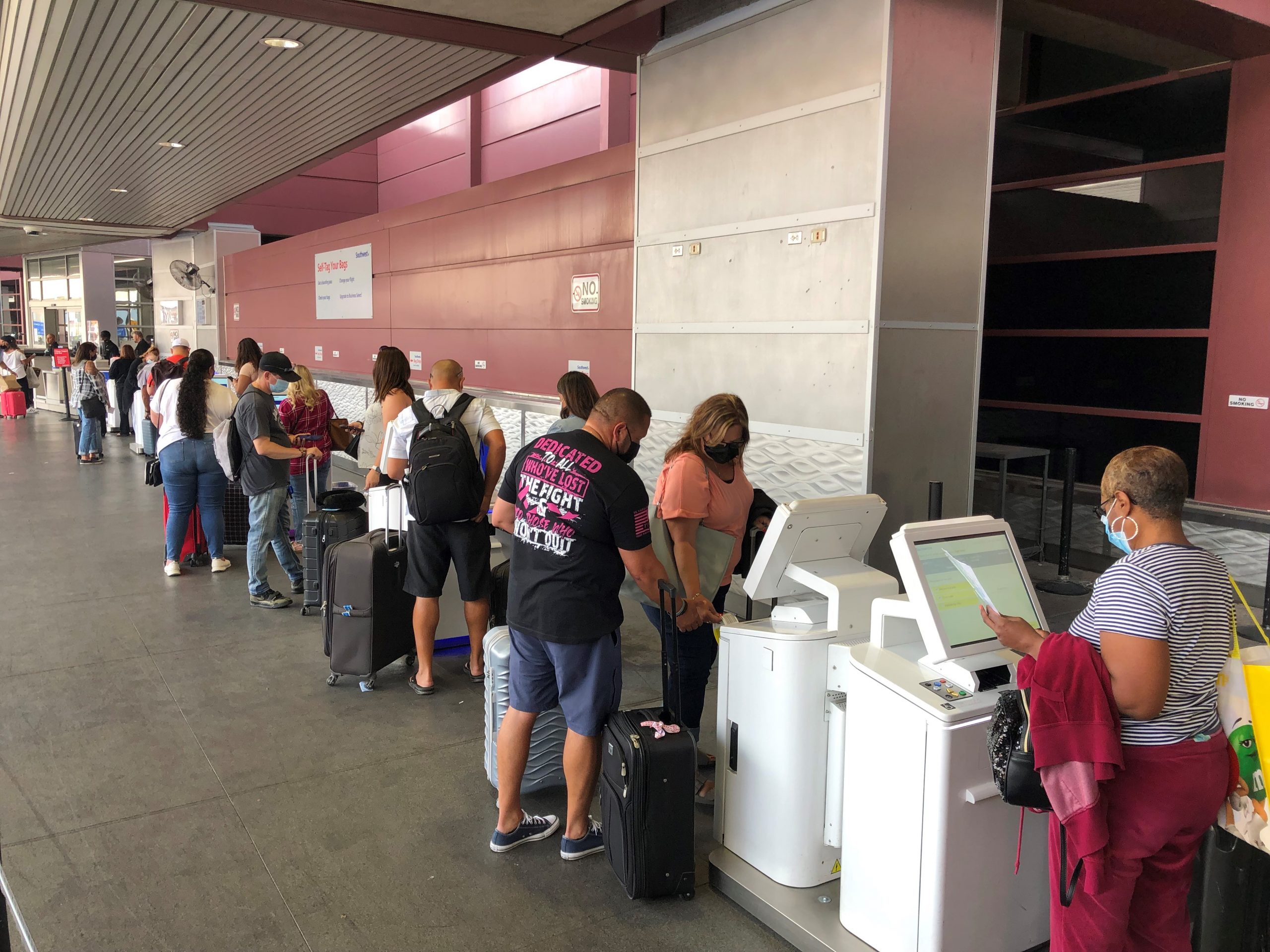
Line for Common Use Kiosk
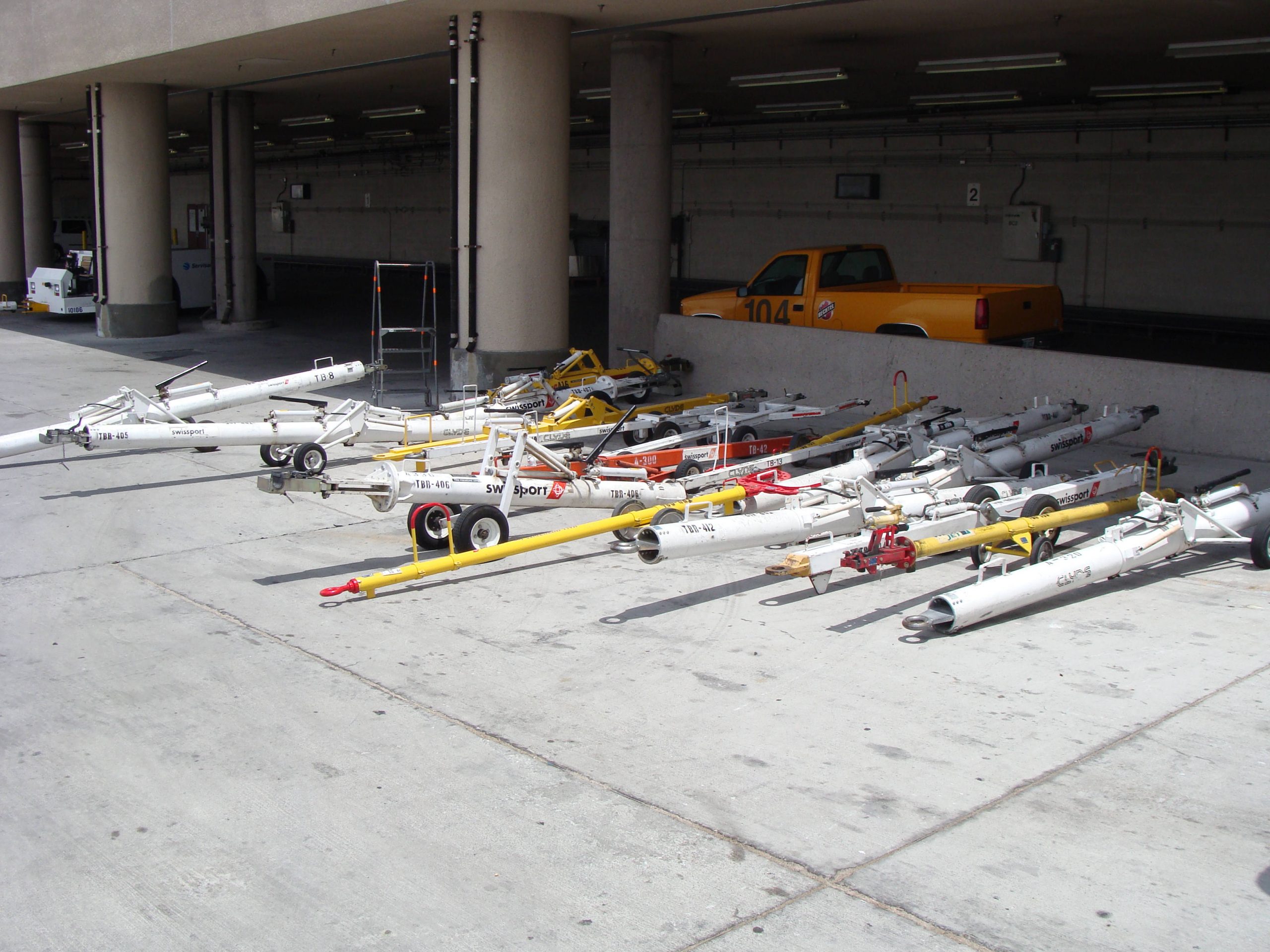
Common Use Ramp Equipment

Fire Truck at D Gate Tower
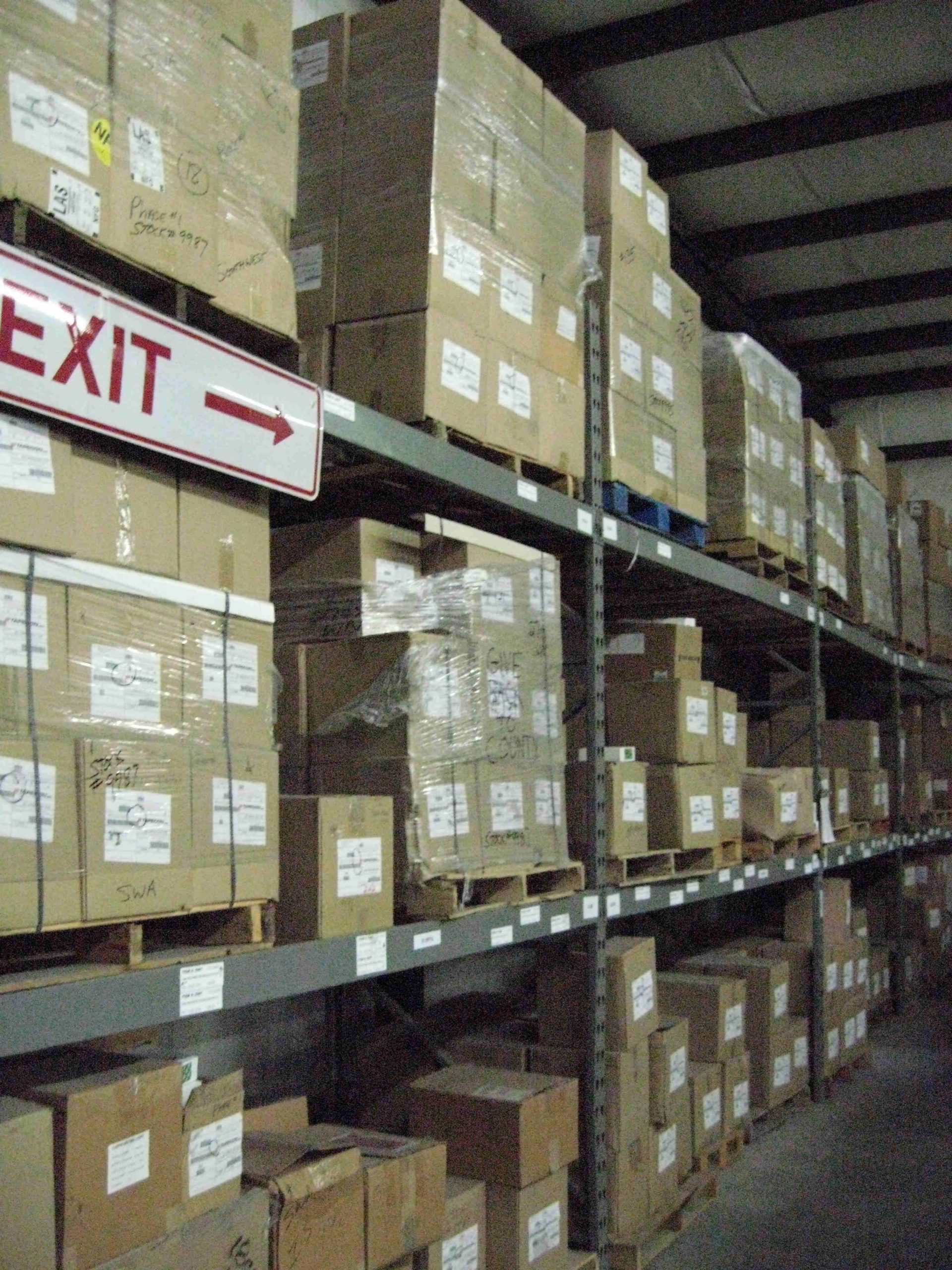
RFID Storage

Auto-Docking System
